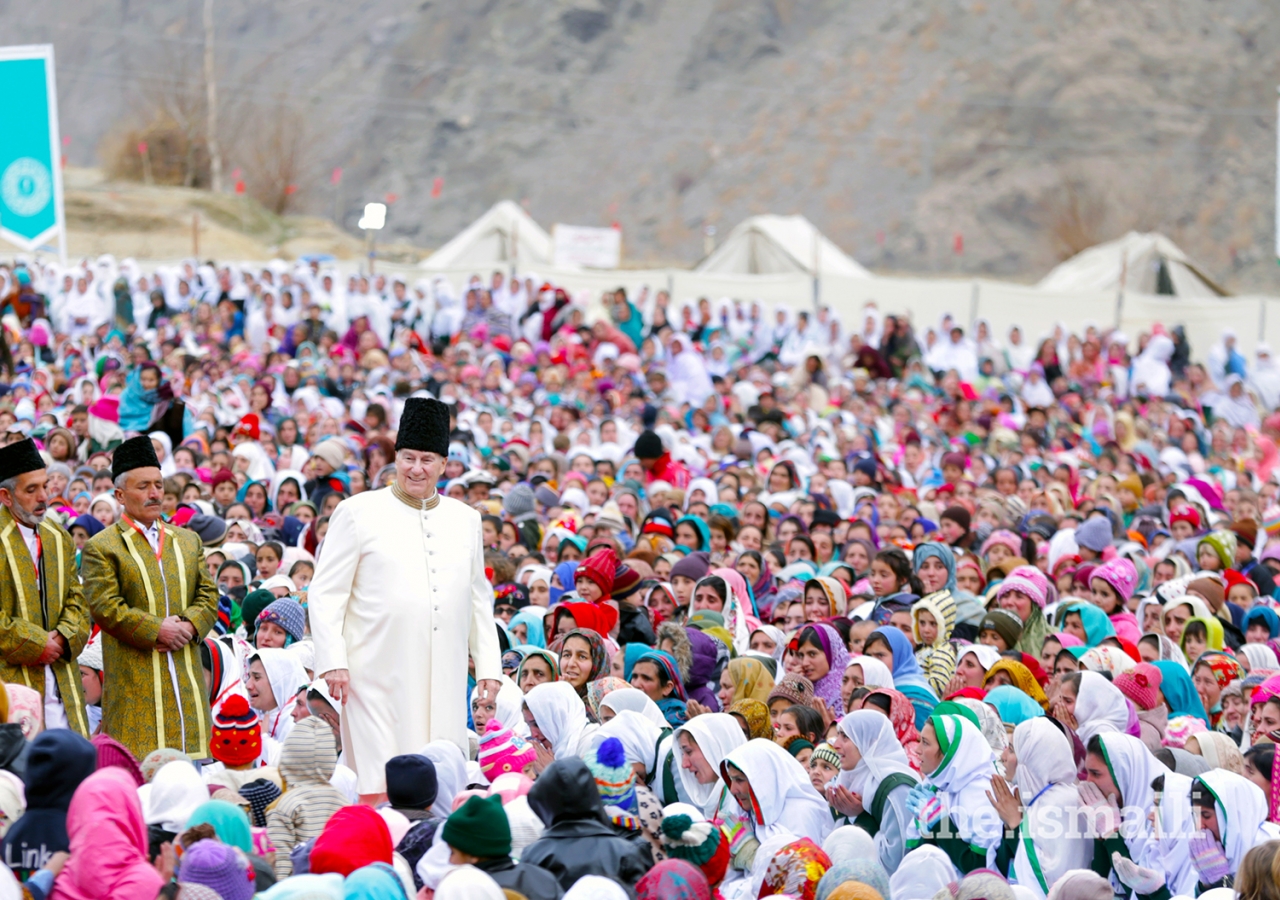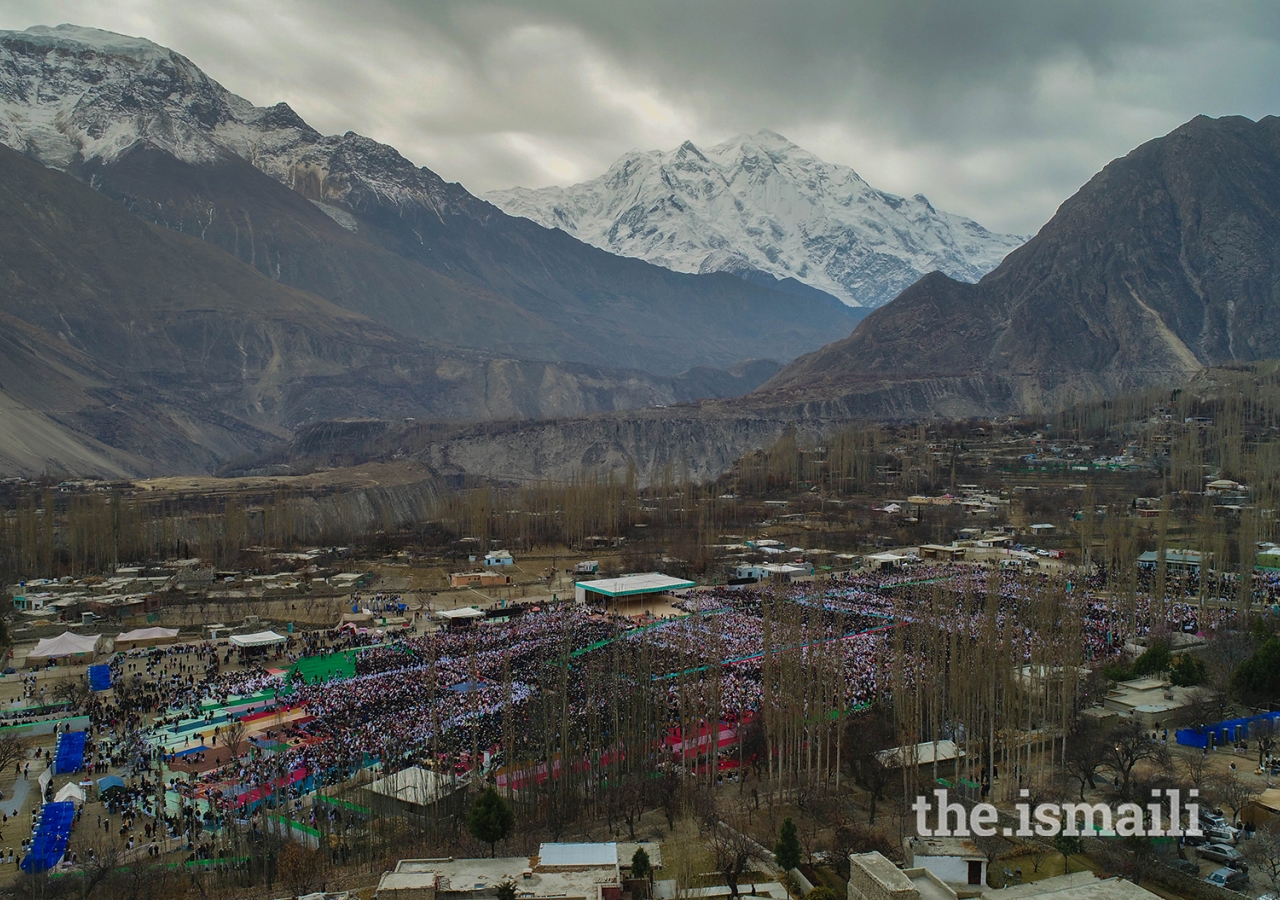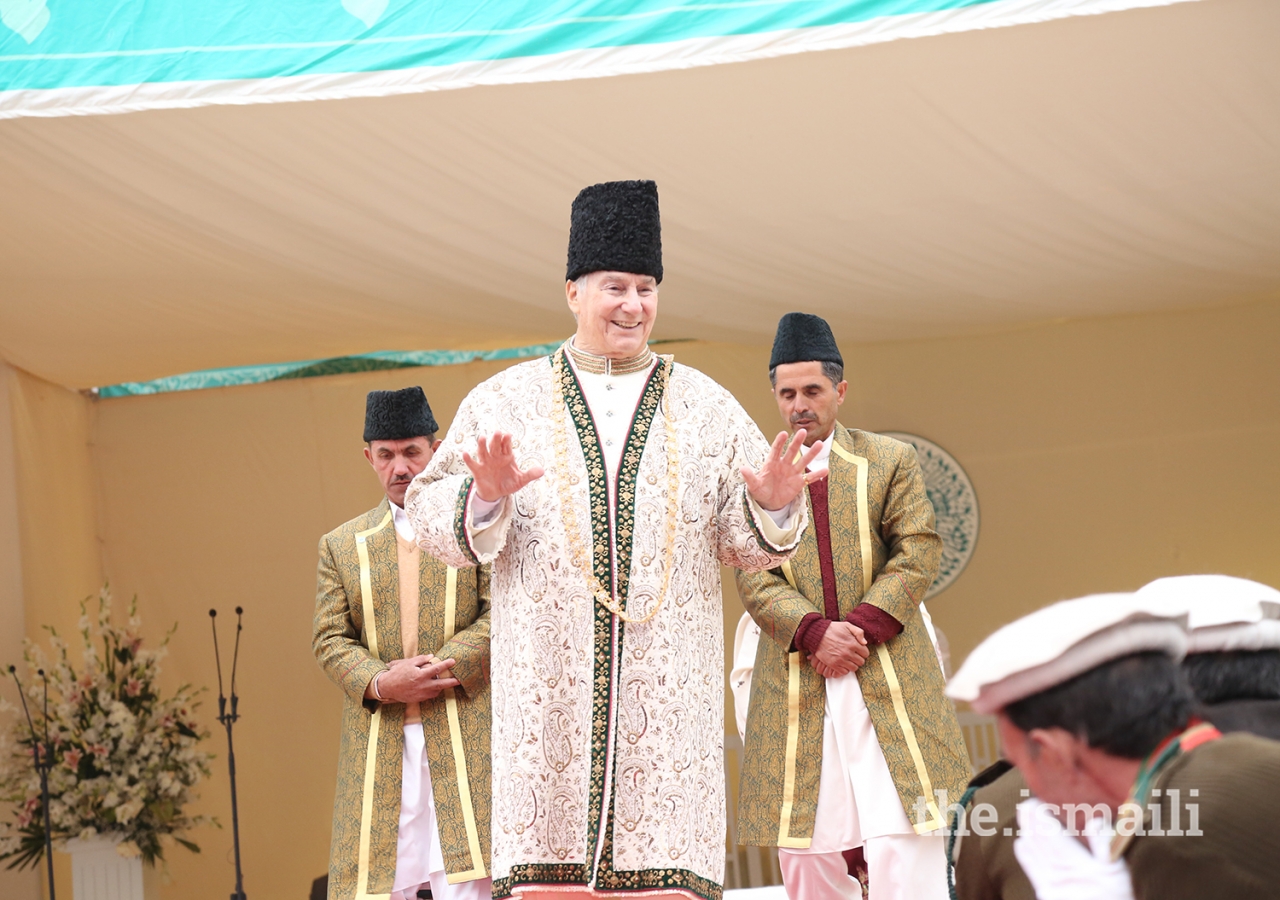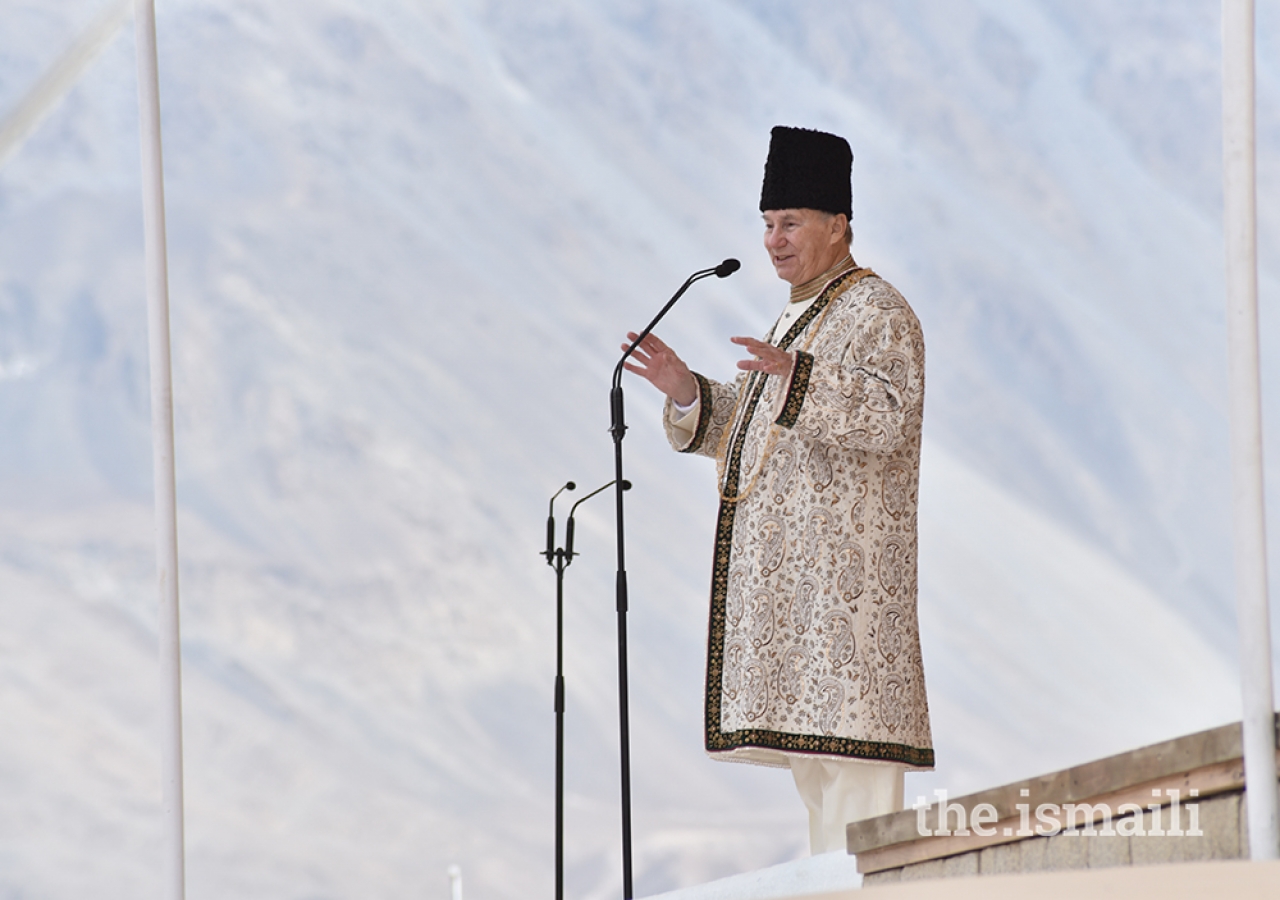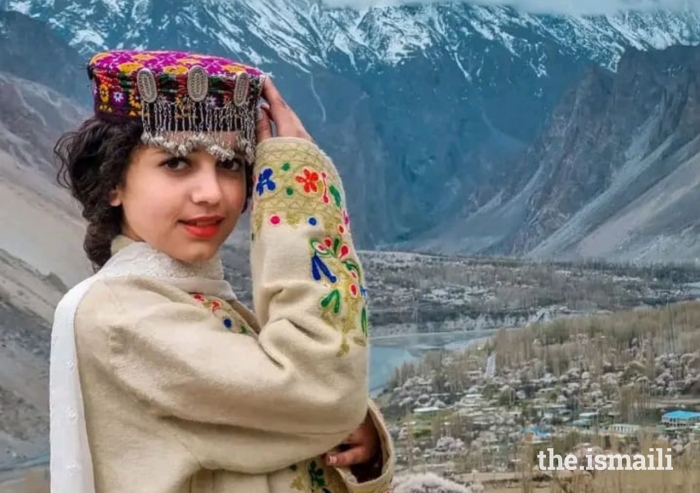The picturesque setting was somewhat deceptive of the challenging environment, overcome by the resilience of the Jamat and their undying love for the Imam.
As thousands of Jamati members gathered in the four open-air locations in Garamchasma and Booni in Chitral, and Aliabad and Taus in Gilgit, the global Jamat watched in anticipation of the images released, expressing their happiness and good wishes.
Preparing for Hazar Imam's Darbars in well-below zero temperatures in December was no deterrent to the thousands of volunteers who came together over the past two months in preparation for the historic visit. It was as though the valleys came to life with intense activity, as the Jamat congregated from their villages and homesteads. For many, this was a journey in the most difficult of conditions. Nonetheless, they walked and prayed, braving the cold in anticipation of seeing the Imam.
Tirelessly, volunteers worked around the clock to prepare the Darbar venues. Starting with the manual clearing of the rockiest plains, to laying them with hand-woven carpets carried to the sites from their own homes, to setting up lighting, and to decorating the stage; each murid worked with dedication, enthusiasm, and an incredible sense of unity. Scouts and volunteers added to the excitement, lighting the streets and bazaars in all four locations while others worked on maintaining the generators to provide electricity, food, water, and heating.
Cars owned by members of the Jamat were donated for multiple journeys from a host of pick-up points in the region. Even so, some areas are completely inaccessible by road and the Jamat made their way patiently on foot; carrying children and aiding the elderly, bringing blankets and necessities, including snacks and flasks full of hot tea.
And slowly, as excitement built, there was a joyous atmosphere as thousands of murids came together, with many opening their homes to host families from more remote locations. Whether young or old, they came together to prepare the sites.
Arriving from Pakistan’s capital, Islamabad, on 9 December, Mawlana Hazar Imam met with government officials in Chitral before arriving by helicopter at the site in Garam Chasma, in Lower Chitral, to grant the first Darbar, where again, large numbers of murids awaited him. He then followed on to Booni, Upper Chitral, where thousands of Jamati members were also eagerly waiting.
The following day, Hazar Imam granted Darbars in two locations in Gilgit-Baltistan. He began with a Darbar in Taus in Gupis Yasin and then proceeded to Aliabad, Hunza, to grant a second Darbar of the day, the fourth in the two-day trip to the region. Whilst in Gilgit, Hazar Imam also met with local government leaders.
After granting these memorable Darbars, Hazar Imam returned to Islamabad to continue his Diamond Jubilee visit, leaving behind memories that the Jamats in the remote, yet spectacular mountain settings of Northern Pakistan, will cherish for a lifetime.
Chitral is the largest district in the Khyber-Pakhtunkhwa province of Pakistan, and the country's northernmost district. It borders Gilgit-Baltistan to the east, Afghanistan to the north and west. To the north, the Wakhan Corridor separates Chitral from Tajikistan.
The Aga Khan Development Network has been active in the region for four decades, beginning with the Aga Khan Rural Support Programme, which lately is focusing on water and energy security, increased agricultural productivity projects to reduce poverty, as well as continuing programmes in health, education, and the restoration of cultural sites.

